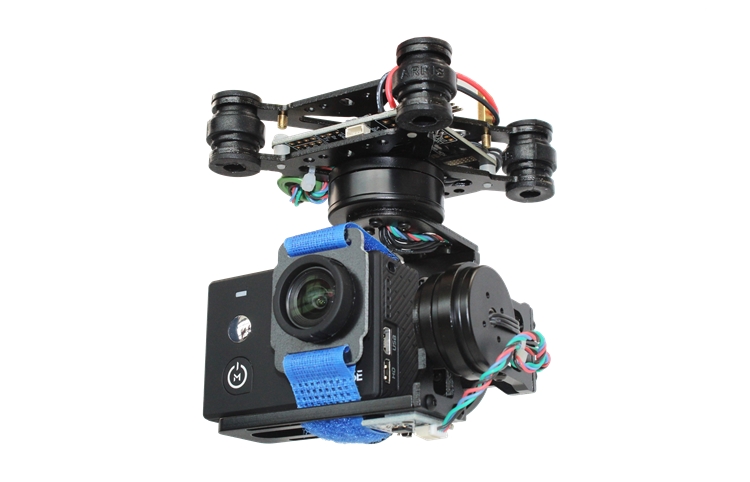3 Axis Gimbal
This content will be shared across all product pages.
A 3-axis gimbal is an advanced stabilization device used primarily in photography and videography to maintain a camera's orientation steady along three axes: pitch (up and down), roll (side to side), and yaw (rotation around the vertical axis). It provides superior stabilization compared to 2-axis gimbals, ensuring smooth and shake-free footage in various conditions.
Key Features:
- Stabilization: Corrects pitch, roll, and yaw movements to keep the camera steady.
- Versatility: Compatible with a wide range of camera types and sizes.
- Precision: Offers precise control over camera movements for professional-grade footage.
- Motorized Control: Utilizes motors for automated adjustments and smooth transitions.
- Adjustability: Allows manual adjustments for optimal camera positioning.
- Mounting Options: Supports integration with drones, handheld stabilizers, and other camera setups.
- Axes: 3-axis (pitch, roll, and yaw)
- Compatibility: Designed to accommodate various camera weights and sizes.
- Material: Typically constructed from lightweight aluminum alloy or carbon fiber.
- Power Supply: Requires a dedicated power source, often integrated into the gimbal's design.
- Control Interface: Controlled via a joystick, remote control, or smartphone app.
- Dimensions: Varies depending on the model and intended application.
- Professional Filmmaking: Essential for capturing cinematic-quality footage with smooth camera movements.
- Aerial Photography: Used in drones to stabilize cameras for clear and steady aerial shots.
- Event Coverage: Ideal for recording events and live broadcasts with professional-grade stability.
- Documentary Filmmaking: Enables filmmakers to capture documentary footage with minimal camera shake.
Technical Specifications:
- Logic Family: CMOS
- Number of Channels: 3
- Switch Configuration: Single-Pole Double-Throw (SPDT)
- Supply Voltage Range: 3V to 15V
- “ON” Resistance (R_ON): 125Ω typical at V_DD = 10V
- “OFF” Leakage Current (I_OFF): ±100pA typical at V_DD = 10V
- Control Input Voltage (V_IH): 0.7 V_DD min, 0.3 V_DD max
- Maximum Operating Frequency: 40 MHz at V_DD = 10V
Applications:
- Signal routing and switching
- Analog and digital multiplexing
- Audio and video signal processing
- Data acquisition systems
- Test equipment



